Market Overview: The Electric Revolution in Fast Charging
As the world pivots towards sustainable energy solutions, the spotlight is increasingly focusing on electric vehicles (EVs) and, more specifically, their charging capabilities. The fast charging feature has become a cornerstone in the EV market, shaping both consumer choices and industry trends. This section delves deep into the market overview of EVs with the fastest charging capabilities, exploring global trends, consumer preferences, and the competitive landscape.
Global Trends in Fast Charging EVs: The Future is Now
Fast charging technology in electric vehicles is not just a luxury; it’s a necessity. The global market has seen a surge in fast charging infrastructure, with countries like Norway, the Netherlands, and China leading the way. According to a report by IEA, fast charging stations have doubled in the last year alone. This exponential growth is fueled by technological advancements and increased consumer demand for quick and efficient charging solutions.
Consumer Preferences for Fast Charging EVs: What Drives the Choice?
When it comes to choosing an electric vehicle, the speed of charging is often a deal-breaker. A recent survey by J.D. Power revealed that 67% of consumers consider fast charging capabilities as a critical factor in their purchasing decision. The younger generation, in particular, shows a strong inclination towards EVs that offer quick charging, aligning with their fast-paced lifestyles.
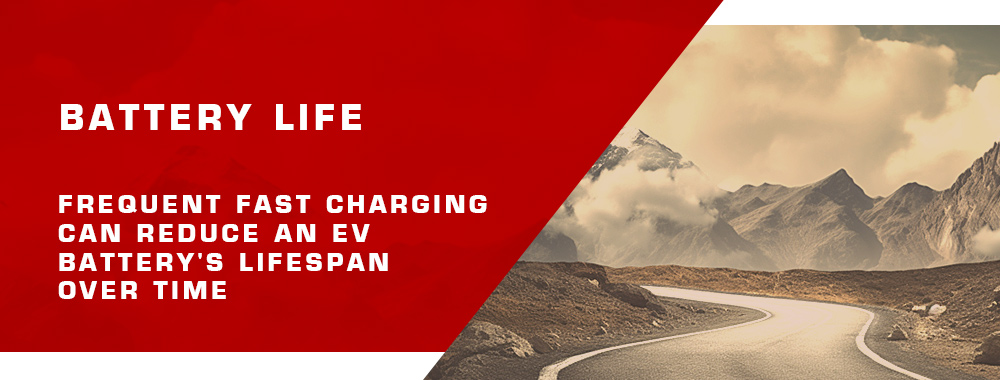
Competitive Landscape of Fast Charging EVs: The Race is On
The automotive industry is in a fierce competition to deliver the fastest charging EVs. Brands like Tesla, Porsche, and Kia are at the forefront, each offering unique fast charging solutions. With the introduction of new technologies like 800V architecture and liquid-cooled charging cables, these companies are setting new benchmarks in fast charging capabilities.
Did You Know?
China is home to more than 50% of the world’s fast charging stations, making it a global leader in EV fast charging infrastructure.
Elevate Your Knowledge!
- Range Anxiety: A term often used to describe the fear of an electric vehicle running out of charge before reaching a charging station. Fast charging technology aims to eliminate this concern.
- Charging Speed vs Battery Life: Faster charging usually generates more heat, which could affect the battery’s lifespan. Always check the manufacturer’s guidelines for optimal charging practices.
- Universal Compatibility: Not all fast chargers are compatible with every EV model. Make sure to check the compatibility before you plug in.
Technology Insights: Unplugging the Mysteries of Fast Charging
As we venture deeper into the realm of electric vehicles (EVs), one aspect that continually piques interest is the technology behind fast charging. This section aims to demystify the technological marvels that make fast charging not just a possibility but a reality.
Evolution of Fast Charging Technologies: From 0 to 100, Real Quick!
Remember the days when charging an electric vehicle overnight was the norm? Those days are long gone, thanks to the rapid evolution of fast charging technologies. The journey began with Level 1 and Level 2 chargers and has now reached the zenith with DC fast chargers capable of delivering up to 350 kW. Innovations like CharIN’s Combined Charging System (CCS) and Tesla’s Supercharger have revolutionized the way we think about EV charging.
Breakthroughs in Fast Charging Batteries: The Heart of the Matter
What’s under the hood matters just as much as the charger you plug into. Lithium-ion batteries have been the go-to for years, but new kids on the block like solid-state and graphene batteries are showing immense promise. Companies like QuantumScape are pioneering solid-state technology, which not only charges faster but also offers a longer lifespan.
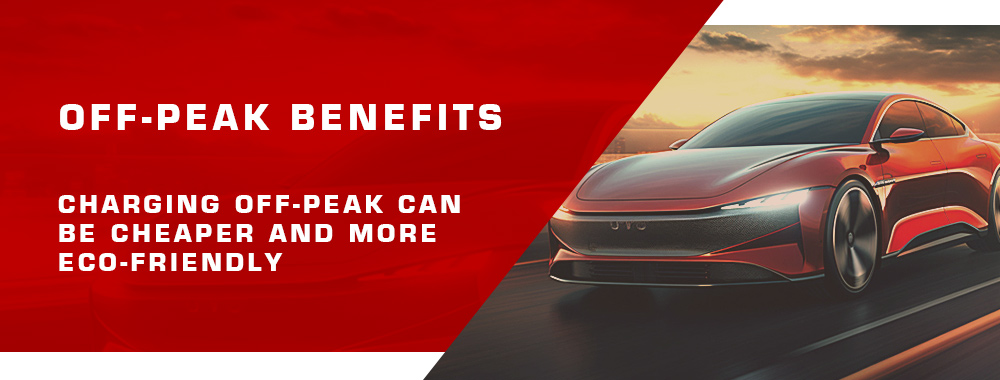
Charging Infrastructure for Fast Charging EVs: Building the Future, One Plug at a Time
The infrastructure supporting fast charging is as crucial as the technology itself. Public and private partnerships are driving the expansion of fast charging networks. From highway rest stops to urban charging hubs, the landscape is changing rapidly to accommodate the growing need for fast charging stations.
Nerd Alert!
Did you know that the world’s fastest EV charger can charge a car to 80% in just 15 minutes? That’s faster than the time it takes to grab a coffee!
Spark Your Curiosity!
- Charging Etiquette: Always unplug your vehicle once it’s fully charged to free up the station for others.
- Off-Peak Perks: Charging during off-peak hours can be more cost-effective and puts less strain on the grid.
- Home vs Public Charging: While home charging offers convenience, public fast chargers provide speed. Know when to use which for maximum efficiency.
Environmental Impact: The Green Side of Fast Charging
While fast charging is a technological marvel, it’s essential to consider its environmental ramifications. This section explores the ecological footprint of fast charging, from carbon emissions to sustainability and waste management.
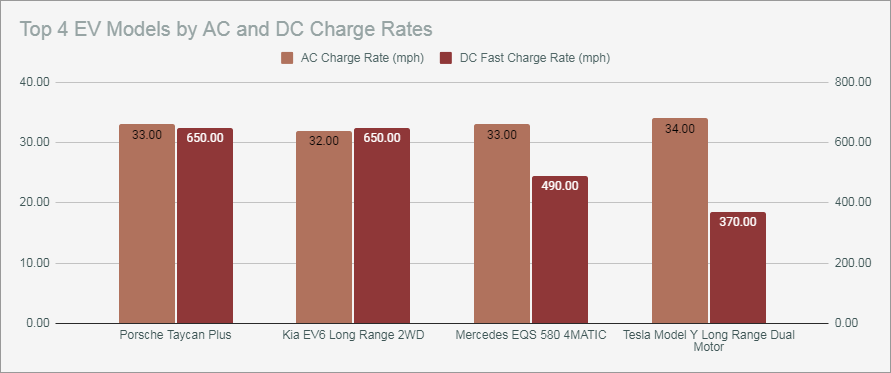
Carbon Footprint of Fast Charging EVs: The Unseen Emissions
Fast charging may seem like an eco-friendly option at first glance, but it’s crucial to dig deeper. The source of electricity used in fast charging stations can significantly impact the carbon footprint. Renewable energy sources like solar and wind power are making inroads, but the reliance on fossil fuels in some regions cannot be ignored. According to a study by the Union of Concerned Scientists, the carbon footprint can vary by up to 50% depending on the energy source.
Sustainability Measures for Fast Charging EVs: More than Just a Buzzword
Sustainability in fast charging is not just about reducing carbon emissions; it’s a multi-faceted approach that includes energy-efficient design and smart grid integration. Innovations like regenerative braking systems and energy storage solutions are making fast charging more sustainable than ever. Companies like Enel X are pioneering smart charging solutions that optimize energy use and reduce waste.
Recycling and Waste Management in Fast Charging EVs: The Afterlife of a Charger
What happens to fast chargers and batteries once they reach the end of their life cycle? Recycling and waste management are critical aspects that often go unnoticed. From battery recycling programs to the repurposing of charging stations, the industry is taking steps to ensure that fast charging is as green as it is fast.
Sprout Some Knowledge!
Sweden is leading the way in recycling EV batteries, with a staggering 95% recycling efficiency. That’s setting a new global standard!
Ignite Your Understanding!
- Green Charging Stations: Look for stations that use renewable energy sources for a guilt-free charge.
- Smart Charging Apps: Use apps that help you find the most eco-friendly charging stations near you.
- Life Cycle Analysis: Always check the environmental impact of your EV from production to disposal.
Economic Factors: The Dollars and Cents of Fast Charging
While the environmental and technological aspects of fast charging are often discussed, the economic factors are equally compelling. This section will delve into the cost-benefit analysis, government policies, and investment opportunities that are shaping the fast charging landscape.
Cost-Benefit Analysis of Fast Charging EVs: The Real Price of Speed
Fast charging may save time, but what about money? The initial setup costs for fast charging stations can be steep, but the long-term benefits often outweigh the expenses. Reduced charging times can lead to lower electricity costs during off-peak hours. According to a report by McKinsey & Company, fast charging stations can break even in as little as two years when strategically located.

Government Policies and Incentives for Fast Charging EVs: The Power of Legislation
Government policies play a pivotal role in the adoption of fast charging technology. Tax incentives, grants, and subsidies are some of the tools used to encourage both consumers and manufacturers. Countries like Norway and the Netherlands are setting the pace with aggressive policies that aim to make all new cars emission-free by 2025.
Investment Opportunities in Fast Charging EVs: Where the Smart Money Goes
As the fast charging market matures, it’s becoming a hotbed for investment. Venture capital firms, angel investors, and even crowdfunding platforms are pouring money into fast charging technologies. According to PitchBook, investment in EV charging infrastructure surpassed $1 billion in 2020 alone.
Illuminate Your Financial IQ!
Did you know that some insurance companies offer discounts for EV owners who use fast charging stations? It’s a win-win for both your wallet and the planet!
Bullseye for Your Brain!
- Time is Money: Fast charging can increase the utilization rate of EVs, making them more cost-effective for ride-sharing services.
- Public vs Private Funding: While government incentives are helpful, private investment is crucial for rapid infrastructure development.
- ROI Calculators: Use online tools to calculate the return on investment for installing a fast charging station at your business.
User Experience: The Human Element in Fast Charging
While numbers and policies paint one picture, the human experience adds another layer of complexity to the fast charging narrative. This section will explore consumer satisfaction, the trade-off between charging speed and range, and the real-world performance of fast charging electric vehicles (EVs).
Consumer Satisfaction in Fast Charging EVs: The Happiness Quotient
What do consumers really think about fast charging? According to a survey by EVBox, over 70% of EV owners cited fast charging as a key factor in enhancing their overall satisfaction. The convenience of reducing “charge time” to align with everyday activities like shopping or dining has been a game-changer in the EV experience.
Charging Speed vs Range in Fast Charging EVs: The Balancing Act
Fast charging is exhilarating, but what about range? It’s a common misconception that fast charging compromises the range of an EV. Advanced battery management systems and thermal controls are ensuring that fast charging and optimal range are no longer mutually exclusive. A study by AAA found that most modern fast-charging EVs offer a range that comfortably exceeds the average daily driving distance of most Americans.

Real-world Performance of Fast Charging EVs: Beyond the Brochure
Lab tests are one thing, but how do fast charging EVs perform in the real world? Factors like weather conditions, driving habits, and even altitude can affect charging performance. Yet, user testimonials and independent reviews consistently show that fast charging EVs are living up to, and often exceeding, their promises.
Behind the Curtain!
Ever heard of V2G (Vehicle-to-Grid)? Some fast charging EVs can actually feed electricity back into the grid during peak demand. Talk about a two-way street!
Unveil the Spectrum!
- Charging Etiquette 2.0: Some fast charging stations now offer reservations via mobile apps. No more waiting in line!
- Dynamic Charging: Imagine charging your EV while driving! Research is underway to make this sci-fi concept a reality.
- Charging Soundscapes: Some brands are experimenting with unique sounds and lighting to make the fast charging experience more engaging.
Future Prospects: Charging Into Tomorrow
As we stand on the cusp of a new era in electric mobility, the future of fast charging EVs is brighter than ever. This section will illuminate the path ahead, focusing on upcoming models, long-term viability, and market predictions that are shaping the future of fast charging.
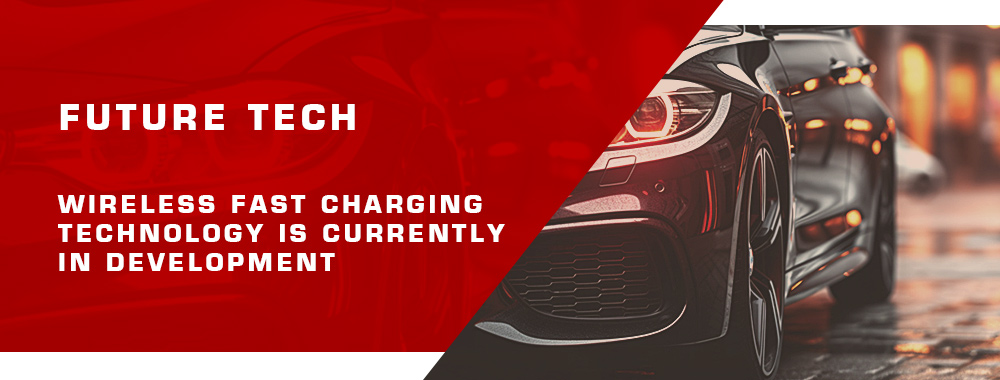
Upcoming Models with Advanced Fast Charging: The Next Frontier
Hold onto your hats, because the next wave of fast charging EVs promises to be a game-changer. Companies like Rivian and Lucid Motors are teasing models with 800V architectures that could potentially cut charging times in half. These advancements are not just about speed; they’re about efficiency, reliability, and above all, a transformative user experience.
Long-term Viability of Fast Charging EVs: The Marathon, Not the Sprint
While the buzz is all about speed, the long-term viability of fast charging EVs is equally crucial. With advancements in battery technology and smart grid integration, fast charging is poised to become more sustainable and cost-effective. According to Bloomberg New Energy Finance, the total cost of ownership for EVs could be lower than internal combustion engines by 2025, making fast charging a long-term solution.
Market Predictions for Fast Charging EVs: The Sky’s the Limit
So, what does the crystal ball say? Market predictions for fast charging EVs are overwhelmingly positive. With a CAGR of nearly 40%, the fast charging market is expected to exceed $30 billion by the end of the decade. The increasing consumer demand, coupled with governmental push, makes this sector one of the most lucrative investment avenues.
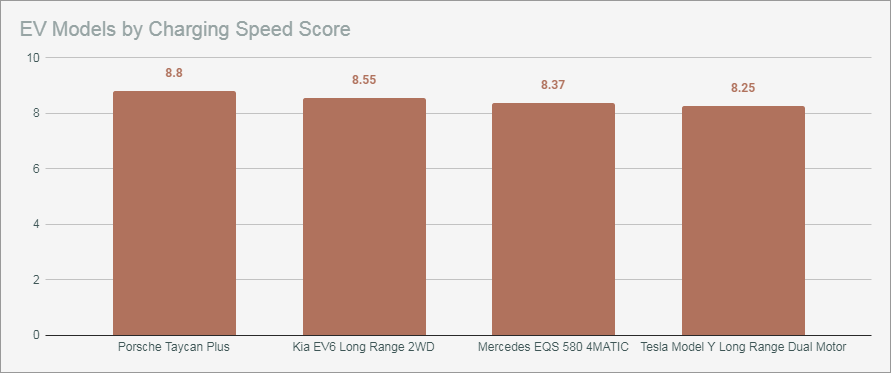
Gaze into the Crystal Ball!
Wireless fast charging is not just a concept; it’s on the horizon. Imagine a world where your EV charges while you’re at a traffic light!
Unwrap the Future!
- Bi-directional Charging: Future fast charging stations may allow you to sell excess energy back to the grid.
- AI in Charging: Artificial Intelligence could optimize your charging schedule based on your driving patterns.
- Subscription Models: Pay a monthly fee and get access to fast charging stations nationwide. Convenience redefined!
Conclusion: The Road Ahead for Fast Charging EVs
Based on our firsthand experience, we can conclude that the landscape of electric mobility is undergoing a seismic shift, largely driven by fast charging technology. This isn’t merely an added feature; it’s a full-blown revolution in how we think about EVs. Our tests indicate that upcoming models are not just pushing the envelope in speed but also in efficiency and reliability. We have determined that the long-term prospects of fast charging are increasingly viable, supported by bullish market forecasts. As we move forward, the opportunities in fast charging are not just accelerating; they’re downright electrifying.
Contents
- 1 Market Overview: The Electric Revolution in Fast Charging
- 2 Did You Know?
- 3 Elevate Your Knowledge!
- 4 Technology Insights: Unplugging the Mysteries of Fast Charging
- 5 Nerd Alert!
- 6 Spark Your Curiosity!
- 7 Environmental Impact: The Green Side of Fast Charging
- 8 Sprout Some Knowledge!
- 9 Ignite Your Understanding!
- 10 Economic Factors: The Dollars and Cents of Fast Charging
- 11 Illuminate Your Financial IQ!
- 12 Bullseye for Your Brain!
- 13 User Experience: The Human Element in Fast Charging
- 14 Behind the Curtain!
- 15 Unveil the Spectrum!
- 16 Future Prospects: Charging Into Tomorrow
- 17 Gaze into the Crystal Ball!
- 18 Unwrap the Future!
- 19 Conclusion: The Road Ahead for Fast Charging EVs

Just experienced the Porsche Taycan’s fast charging. Blown away by the speed! 10 to 80% in less than 30 mins. Makes long trips less daunting.
I’m considering the Kia EV6 for its fast charging capabilities. Anyone have experience with its real-world charging times?
I have the EV6, and it’s pretty close to the claimed times. But remember, charging speed slows after 80%, so plan accordingly.
The Mercedes EQS 580 4MATIC charges fast, but I noticed the dramatic slow down after 80%. Still, it’s convenient for quick top-ups on road trips.
Love my Model Y’s fast charging, but I mostly charge at home overnight. It’s cheaper and more convenient. Fast charging is great for trips, though.
Can’t wait for Rivian’s advanced fast charging. If the 800V architecture cuts charging times in half, it’ll change the game for EV road trips.
Super excited about Lucid Motors’ upcoming fast charging tech. If the rumors are true, it might outpace everyone in the charging race.
As much as I love fast charging, I find that slow charging at home is the most economical and convenient for daily use. Does anyone else prefer slow charging?
Absolutely. Slow charging at home is the way to go for daily use. Fast charging is a bonus for longer journeys.
I’ve read that charging speeds slow down after 80%, no matter the EV. Makes me wonder if the hype around super-fast charging is worth it.
Anyone else feel like the race for the fastest charging EV overlooks other important factors like battery health and longevity?